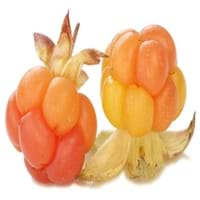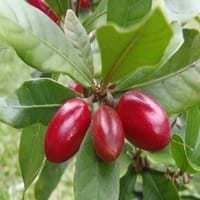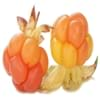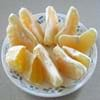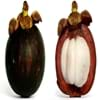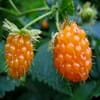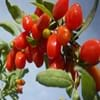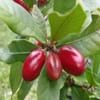Health Benefits
Cancer prevention, Heart care
Good for diabetics, Improves well-being, Miraculin/miracle fruit makes sour things taste sweet
General Benefits
Anti oxidant properties, Boosts immune system, Digestive aid, Improves blood circulation, Maintains healthy cholesterol level, Strengthens bones
Has taste modifying effect
Skin Benefits
Anti-aging benefits, Reduces wrinkles, Skin rejuvenation
NA
Hair Benefits
Protects hair
NA
Allergy Symptoms
NA
Itching, Skin rash
Side Effects
Allergic reaction
Changes taste of food eaten after this fruit, Coagulation
Best Time to Eat
As a snack in the late afternoon, Don't consume at night and before bed, Eat the fresh ones, avoid mixing with any other foods, don't eat after meal., Morning time (before lunch)
As a snack in the late afternoon, Eat the fresh ones, avoid mixing with any other foods, don't eat after meal., Morning time (before lunch)
Protein to Carb Ratio
Not Available
Vitamin B1 (Thiamin)
Not Available
Vitamin B2 (Riboflavin)
Not Available
Vitamin B3 (Niacin)
Not Available
Vitamin C (Ascorbic Acid)
Vitamin E (Tocopherole)
Not Available
Water Content
Not Available
Calories in Fresh Fruit with Peel
Not Available
Calories in Fresh Fruit without Peel
Not Available
Not Available
Calories in Frozen Form
Not Available
Not Available
Calories in Dried Form
Not Available
Not Available
Calories in Canned Form
Not Available
Not Available
Calories in Juice
Not Available
Calories in Jam
Not Available
Calories in Pie
Not Available
Varieties
Not Available
Gymnema Sylvestre and Thaumatococcus Daniellii
Color
Orange, Pink, Yellow
Dark red
Inside Color
Orange
Greyish-white
Taste
Sweet-Sour
NA, Sweet
Origin
Arctic Tundra
West Africa
Soil Type
Loam, Well-drained
Well-drained
Climatic Conditions
Cold, Warm
Rainfall
Facts about
- Cloudberry is also called as bakeapple, knotberry , knoutberry, aqpik or low bush salmonberry.
- In Nordic countries, cloudberries are used to make traditional liqueurs.
- The name 'Miracle' because of the magical experience you get after eating it.
- When you have lemon after eating this fruit, it tastes sweet as if it is added with sugar.
- It is also used as natural sweetener.
Other Countries
Canada, Denmark, Finland, Iceland, Sweden, United States of America
NA
Top Importer
Norway
Not Available
Top Exporter
Finland
United States of America
Botanical Name
Rubus chamaemorus
Synsepalum Dulcificum
Synonym
Not Available
Miracle Berry, Miraculous Berry and Sweet Berry
Subkingdom
Tracheobionta
Tracheobionta
Division
Magnoliophyta
NA
Subclass
Rosidae
Asteridae
Family
Rosaceae
Sapotaceae
Species
R. chamaemorus
S. dulcificum
Generic Group
Not Available
Not Available
Difference Between Cloudberry and Miracle fruit
We might think that Cloudberry and Miracle fruit are similar with respect to nutritional value and health benefits. But the nutrient content of both fruits is different. Cloudberry and Miracle fruit Facts such as their taste, shape, color, and size are also distinct. The difference between Cloudberry and Miracle fruit is explained here.
The amount of calories in 100 gm of fresh Cloudberry and Miracle fruit with peel is 51.00 kcal and Not Available and the amount of calories without peel is Not Available and Not Available respectively. Thus, Cloudberry and Miracle fruit belong to Low Calorie Fruits and Low Calorie Fruits category.These fruits might or might not differ with respect to their scientific classification. The order of Cloudberry and Miracle fruit is Rosales and Ericales respectively. Cloudberry belongs to Rosaceae family and Miracle fruit belongs to Sapotaceae family. Cloudberry belongs to Rubus genus of R. chamaemorus species and Miracle fruit belongs to Synsepalum genus of S. dulcificum species. Beings plants, both fruits belong to Plantae Kingdom.
